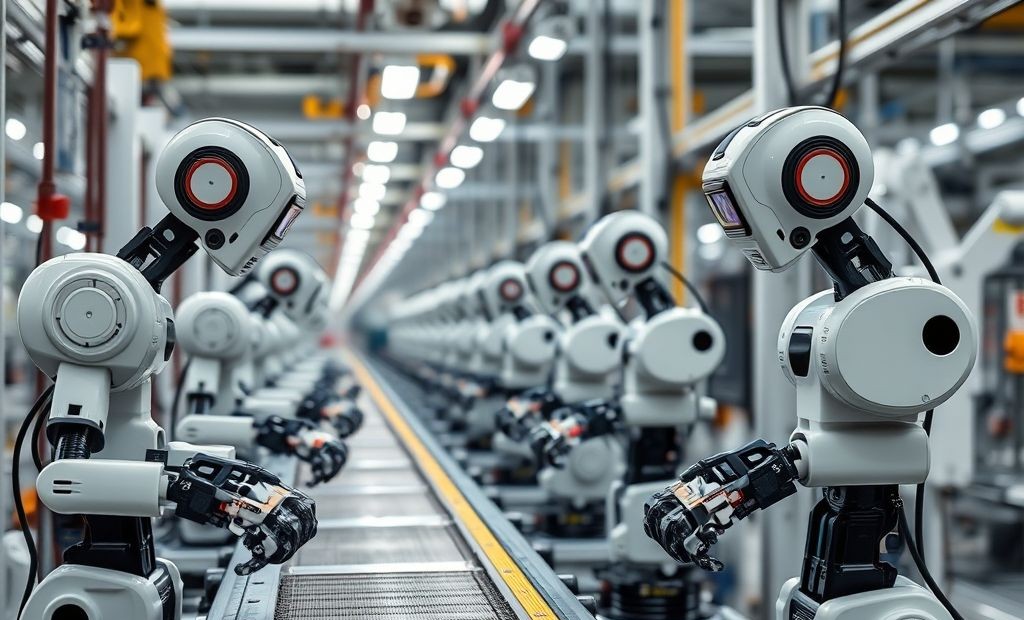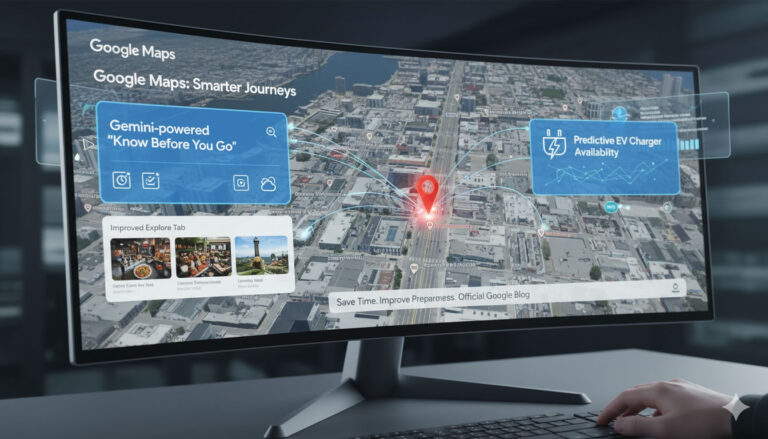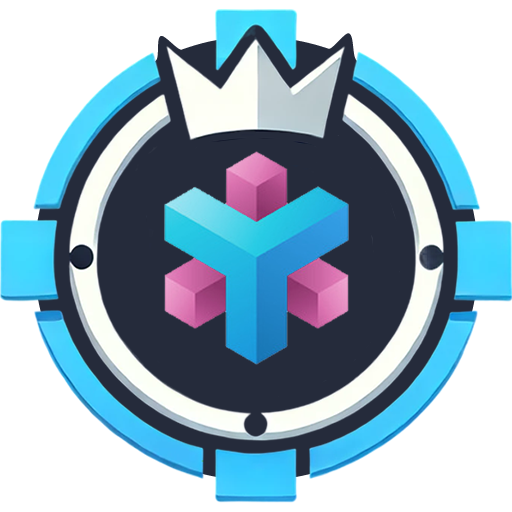Cartken’s Pivot: From Delivery Bots to Industrial Robots

Cartken’s New Direction: Industrial Robotics Cartken, initially known for its last-mile delivery robots, has strategically shifted its focus to the industrial sector. This move reflects...
⏱️ Estimated reading time: 2 min
Latest News
Cartken’s New Direction: Industrial Robotics
Cartken, initially known for its last-mile delivery robots, has strategically shifted its focus to the industrial sector. This move reflects the evolving demands and opportunities within the robotics landscape. Let’s delve into the reasons behind this pivot and what it means for the future of Cartken.
Why the Shift?
Several factors contributed to Cartken’s decision to transition from last-mile delivery to industrial robotics. Understanding these reasons provides insight into the company’s strategic thinking:
- Market Saturation: The last-mile delivery market is becoming increasingly crowded, with numerous companies vying for dominance. By focusing on industrial applications, Cartken can carve out a more specialized niche.
- Scalability Challenges: Last-mile delivery faces significant scalability hurdles, including regulatory complexities, logistical challenges, and high operational costs. Industrial robotics offers a more controlled environment and predictable deployment scenarios.
- Untapped Potential: The industrial sector presents vast opportunities for automation and robotics. From manufacturing to warehousing, there’s a growing demand for robots that can improve efficiency, reduce costs, and enhance safety.
Applications in Industrial Robotics
Cartken’s expertise in autonomous navigation and robot design translates well to various industrial applications. Here are some areas where their robots can make a significant impact:
- Manufacturing: Automating tasks such as assembly, material handling, and quality control.
- Warehousing: Streamlining warehouse operations through automated picking, packing, and sorting.
- Logistics: Optimizing internal logistics processes within factories and distribution centers.
- Inspection and Maintenance: Conducting automated inspections of equipment and infrastructure to identify potential issues.
Cartken’s Technology and Expertise
Cartken’s robots leverage advanced technologies such as:
- Autonomous Navigation: Using sensors and algorithms to navigate complex environments without human intervention.
- Computer Vision: Employing cameras and image processing to identify objects, detect anomalies, and perform visual inspections.
- AI-Powered Decision Making: Integrating artificial intelligence to optimize robot behavior and adapt to changing conditions.
Related Posts
Bluesky Enhances Moderation for Transparency, Better Tracking
Bluesky Updates Moderation Policies for Enhanced Transparency Bluesky, the decentralized social network aiming to compete...
December 11, 2025

Google Maps: Gemini Tips, EV Charger Predictions & More!
Google Maps Gets Smarter: Gemini Tips & EV Updates Google Maps is enhancing user experience...
December 9, 2025

Adobe Acquires Semrush in $1.9B SEO Power Play
Adobe to Acquire Semrush for $1.9 Billion Adobe announced its agreement to acquire the search...
December 1, 2025











Leave a Reply